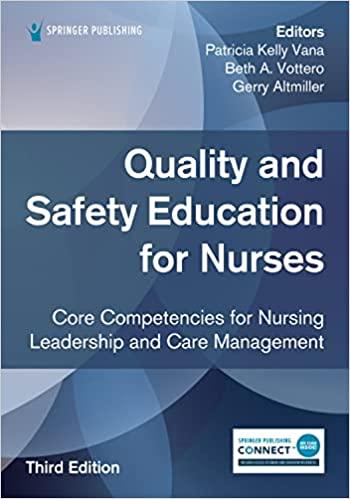At a staff meeting, the control chart of aggregate medication errors, Figure 12.7, is presented. The facility
Question:
At a staff meeting, the control chart of aggregate medication errors, Figure 12.7, is presented. The facility PSO is very concerned about the 37 errors that occurred in April. The PSO informs the staff they must do a QI project as 37 errors is unacceptable. In addition, the PSO informs staff several interventions must occur by the end of the week including to read the procedure on medication administration, complete a self-study exercise created by the PSO, and schedule in-services with pharmacy staff to identify what the incidents were related to (the root cause) in April before the QI project is started.
1.
What QI cues could you identify as problematic based on the PSO’s intervention recommendations before the QI project began?
2.
The PSO did not interpret the control chart (Figure 12.7) at the staff meeting. Wanting to confirm the urgency of the problem, you analyze the chart. What analysis of the chart would allow you to agree or disagree with the PSO’s level of urgency?
3.
A QI team is created to reduce the number of medication errors. The three interventions identified by the PSO are considered because the PSO identified them. Before acting by introducing each intervention, the team plans the project by evaluating the 37 incident reports observed in April:
•
How would you begin evaluating the specific April data points?
•
Does the initial evaluation of April’s data points identify the root cause?
•
How would you assess the control chart to determine when continued PDSA cycles are no longer warranted?
Step by Step Answer:

Quality And Safety Education For Nurses Core Competencies For Nursing Leadership And Care Management
ISBN: 9780826161444
3rd Edition
Authors: Patricia Kelly Vana, Beth A. Vottero, Gerry Altmiller






